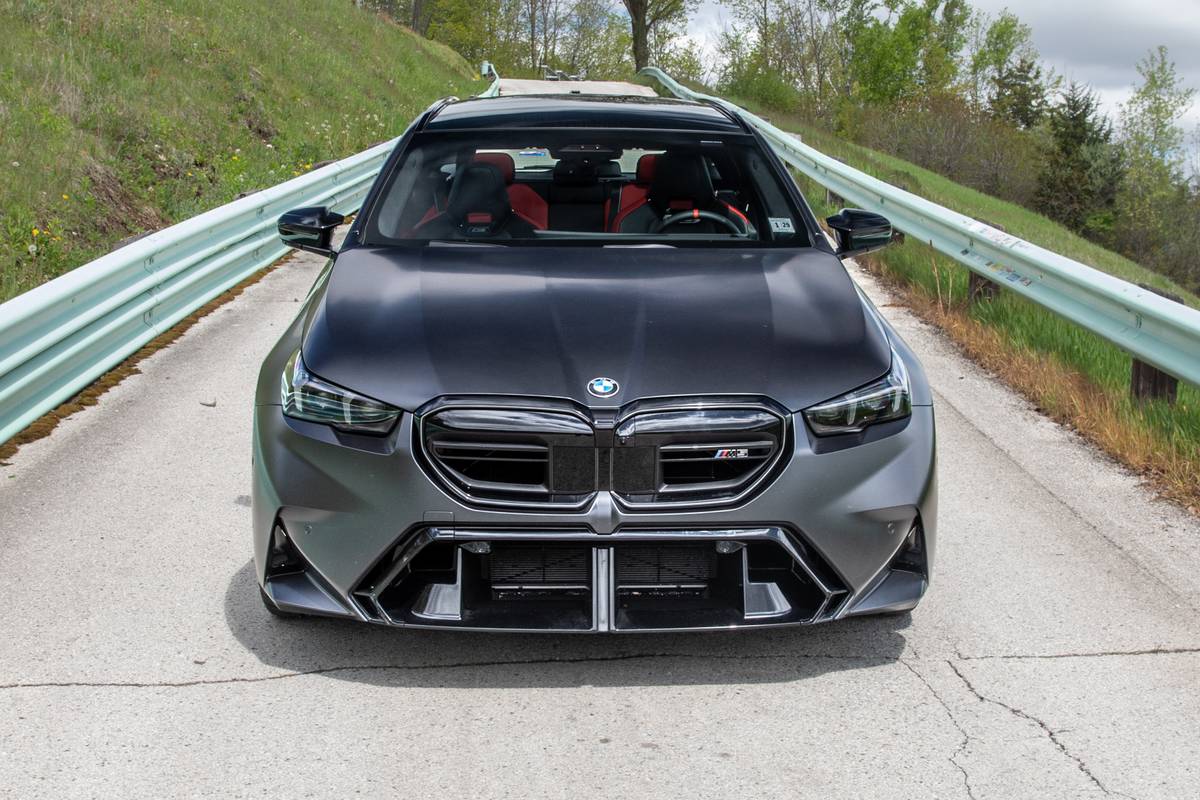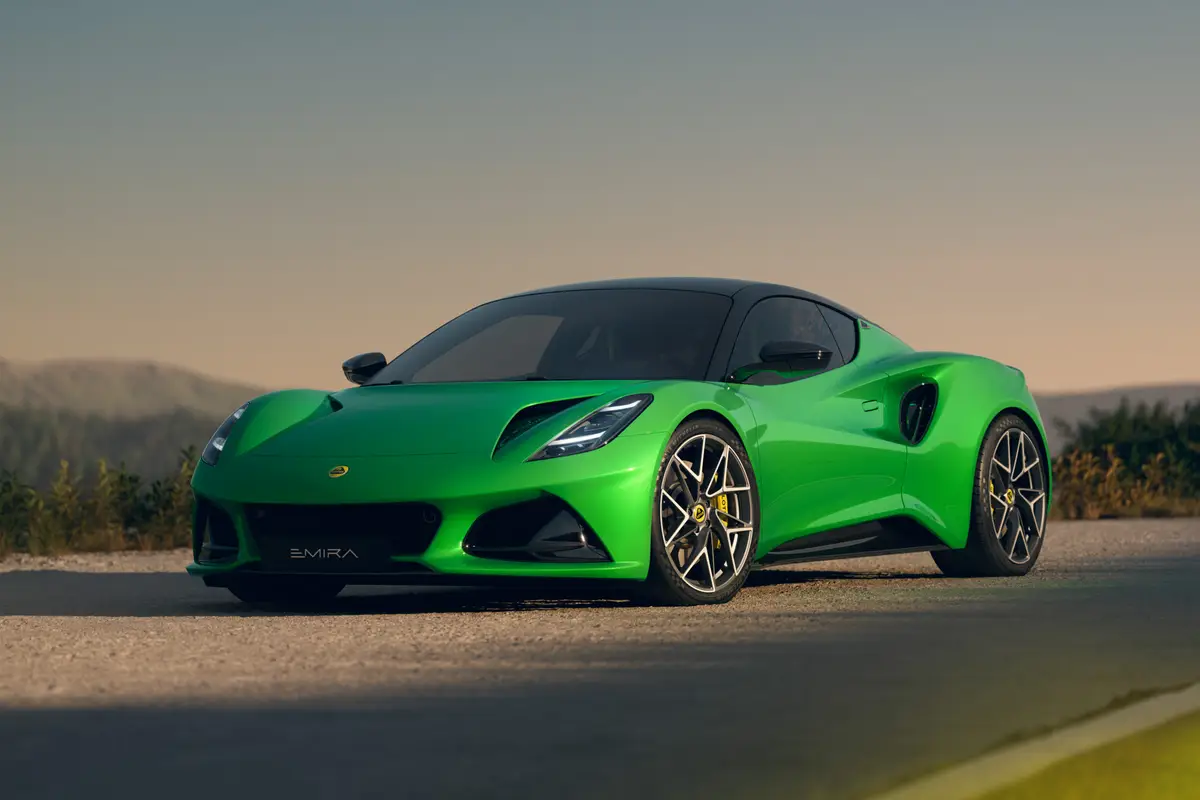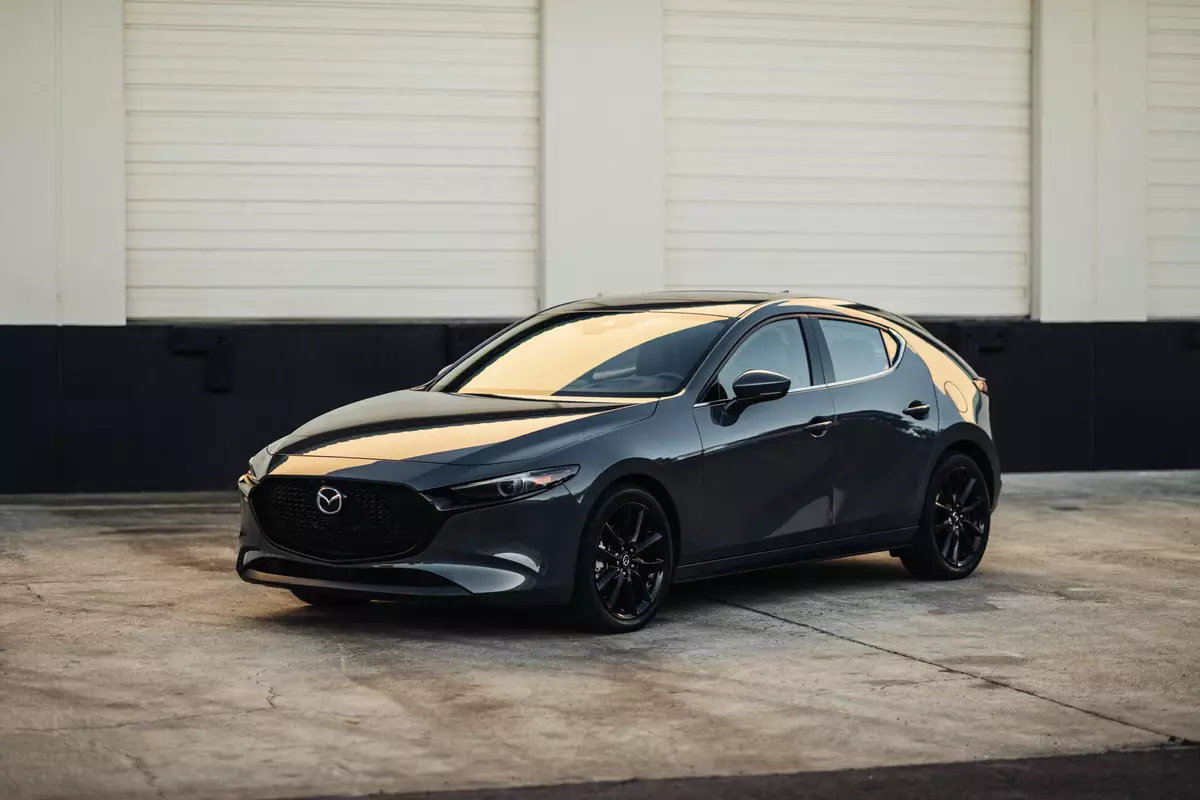Boston.com's view
What better way to test both versions of a new model hailed by Volkswagen as an all-weather convertible than to drive it in the crisp, gusty air of a New England fall and then under the baking sun of the Southwest?
Volkswagen, looking to plug a leak in sales in recent years, as well as a gap in its product lineup, has launched a hardtop drop-top that it hopes will generate some of the buzz it has not enjoyed since the relaunch of the Beetle eight years ago.
Today’s test car, the Eos, continues an ethereal trend in nomenclature that has seen VW depart from its utilitarian naming roots: Volkswagen means “people’s car.” The Beetle was a “bug” in various forms worldwide. The Rabbit hopped on the road and up sales charts. Then came names connected to wind, myth, geography, and desert tribes: Sirocco, Passat, Jetta, Touareg, and the upcoming Tiguan. Eos is a Greek goddess of dawn.
This new model is meant to fill the gap between the Jetta and reborn Rabbit and the pricier Passat.
It features four firm seats and a five-piece retractable top that slides back as a sunroof but — with the continued push of a button — folds in finest Rube Goldberg fashion into the trunk, where it cuts just over 10 cubic feet of cargo space by about 40 percent.
The 2.0-liter turbo delivers 200 horsepower from a direct gasoline-injected, four-cylinder engine. The 3.2-liter V-6 is a 250-horse power plant, if you use the recommended premium fuel.
The base 2.0-liter Eos comes with a six-speed manual transmission that, true to VW form, was short in its throws, clicking up and down the gears with snappy precision.
The 3.2-liter has the six-speed Direct-Shift Gearbox that has put Audi and VW ahead of the field in this department. With optional paddle shifters, a transmission that performs perfectly as an “automatic” becomes, especially in sport mode, a race-ready gearbox
The V-6 starts at $36,850 and reaches $37,500 in 3.2L Sport form with the addition of 18-inch aluminum wheels, leather sports interior, Tiptronic shift paddles on the wheel, aluminum pedals, and brushed aluminum trim.
The turbocharged 2.0 has a broader price range, starting at $27,990, and reaching nearly $35,000 by the time all the goodies that come with the 3.2L Sport model are added.
On the road, both versions of the Eos were nimble and light, with a direct and tactile sense of steering. Torque steer, expected in front-wheel-drive cars with lots of sudden power, was barely perceptible. On New Hampshire curves and dips the car clung tightly to the tightest corners.
On the sweeping curves and straight runs of the West, its nimble grace held form at high speeds.
The difference between the turbo and the V-6? At launch, very little that would be noticeable to the average driver. It was more apparent when we pulled out to pass at highway speeds — the bigger V-6 had more instant grunt.
No cold Eastern blasts or puffs of Western heat permeated the Eos with its top up . Top down, the wind noise and buffeting was kept to a minimum. Noticeably absent was cowl shake, common to cars with their tops chopped off. An inverted “roll bar” beneath the rear seat seems to be the ingenious solution to that problem.
I got 26.1 miles per gallon in long-term testing of the 2.0. I only spent a day in the 3.2 but its EPA estimated mileage is a combined 25.5, which means real-world drivers should expect low 20s for overall mileage.
Complete with the Volkswagen quality interior that leads its class, and that nifty retracting hardtop, Volkswagen’s goal of selling about 12,000 Eos per year in the United States — about 20 percent of world wide production — should be easily met. And at this stage, as often happens with convertibles, more women than men are lining up to by the Eos, though VW expects that will eventually even out.
Latest news



